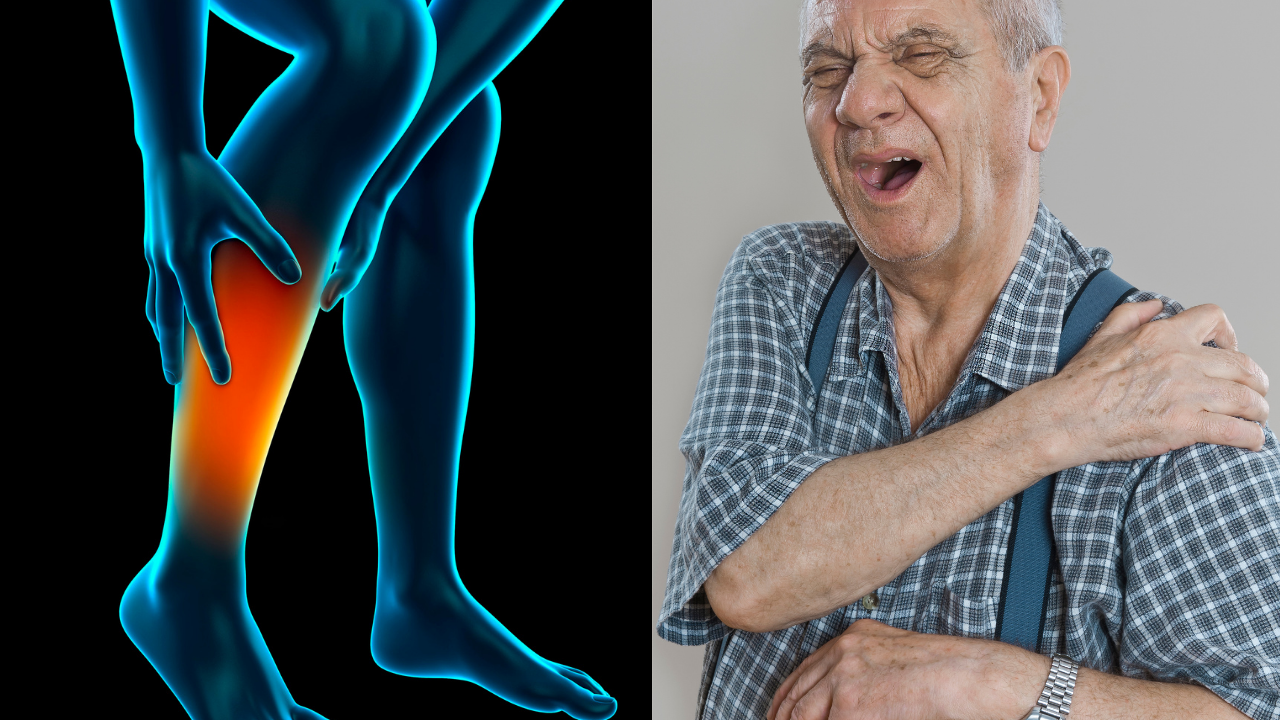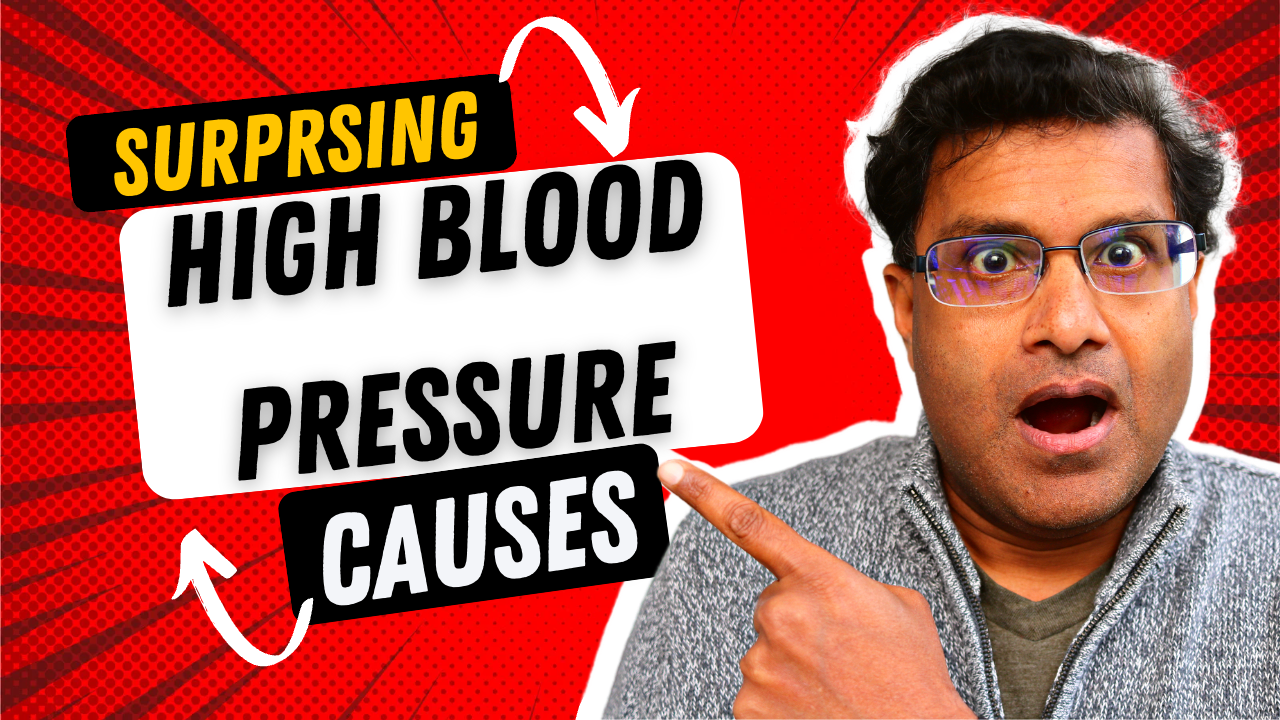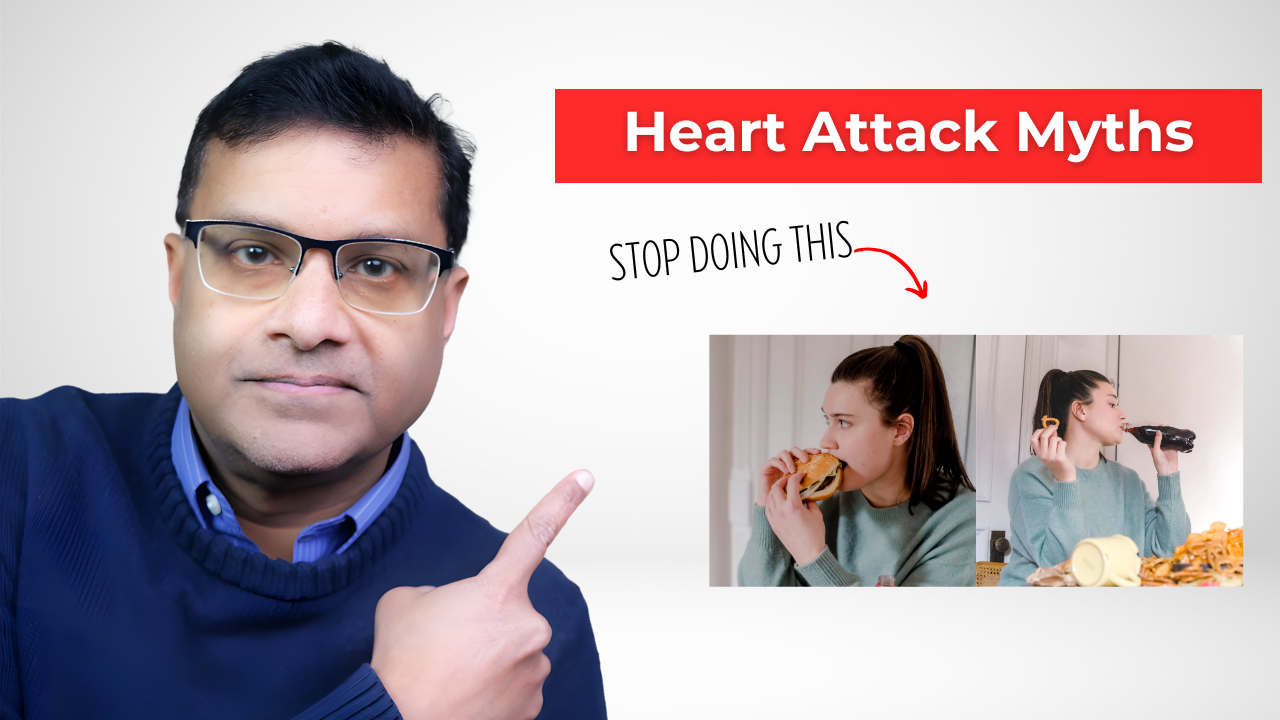The straightforward answer is yes.
In clinical practice we see this with our patients. In fact, the type of injury to your muscle has a variety of names. The most common being a medical term referred to as myalgias. You will have a feeling of soreness, stiffness or tenderness in your muscles. Sometimes this is described as a cramp. The best way of comparing this is if you ever had a viral infection like the flu that’s the type of pain you may experience.
Another type of injury to your muscles is refer to as myopathy which just means your muscle is weaker. You may have pain and discomfort with this weakness. Then, there is a muscle inflammation where you well feel muscle discomfort and soreness. This is called myositis. A step worse than this is a term called myonecrosis where because of muscle breakdown a marker called CK is released and can be measured. The worst type of this is rhabdomyolysis where during this muscle breakdown a protein is released from your muscles and excreted in your urine. You can also have acute renal failure with this condition. You are more likely to have this breakdown of the muscles coupled with renal failure especially if you are on other drugs causing drug-drug interactions: the most common being HIV drugs, cyclosporine and gemfibrozil. Other medications to watch out for are anti-fungal medications, digoxin, niacin (another cholesterol lowering drug) a blood thinner called warfarin, certain macrolide antibiotics such as azithromycin and clarithromycin.)
Clinical symptoms:

Typically, your upper muscles in both your extremities feel weak and sore. So things which you and I take for granted like getting up from your chair, walking upstairs, raising your arms will be affected. Sometimes these symptoms feel cramp like and some patients even complain about tendon pain. As the tendons are close to our joints and can be radiating this is also sometimes described as pain in the joints.

Usually, in my experience these symptoms can occur within weeks after initiation of a statin drug, but sometimes this can occur after months and sometimes after years. So, if you are having pain or soreness talk to your physician about going off the drug. Symptoms should resolve typically within 2-4 weeks. Sometimes it may last up to six months. Now, if you are unlucky and this disorder does not resolve, and you continue to have symptoms you may have an immune mediating necrotizing myopathy. This is due to antibodies being built against an enzyme in the muscle. This would probably need a referral to a specialist as further work up would be needed including an MRI, and a biopsy.
Other disorders that may have been induced by statin therapy is a condition called mononeuritis multiplex. What does that mean? It happens when there is damage to 2 or more nerve areas. This is a type of neuropathy when nerves are affected. So you will experience a group of symptoms such as numbness, tingling, lack of sensation, difficulty to control movement & pain.
Another statin induced disorder is a myopathy or weakness around your eye’s which mimics Grave’s disease eye ailment.
- Risk factors:
- I am now going to list some statin medications with an increased risk for muscle injury: Lovastatin(Mevacor), Simvastatin(Zocor) and Atorvastatin(Lipitor) The reason is the way it metabolized in your body. Some other Statin drugs have a lower risk as they are metabolized differently thus having less of a risk : Fluvastatin (Lescol) , Pravastatin ( Pravachol) and Pitavastin( Livalo).The ability to cause muscle injury among the different statins also depends on the Statin dose. The higher the dose the higher the risk.
- The other thing is that certain diseases such as Hypothyroidism, renal failure, liver diseases, ALS are also associated with a higher risk of muscle injury secondary to statins.
- And as always, genetics also plays a role if you are more susceptible to statin injury, so that might be a possible reason.
- I am going to list some drugs, which if you are taking, you are more susceptible to muscle injury if taken together with Statins.:
- HIV drugs, Calcium Channel Blockers, amiodarone, Macrolide antibiotics such as azithromycin, erythromycin, anti-fungal medications, Cyclosporines, colchicine, fibrates, niacin. Talk to your healthcare provider if you are on one of these drugs.
How we diagnose a muscle injury from Statins?
- Physical examination including a detailed drug history.
- CK (blood test)
QUESTION OF THE DAY?
Are you on a STATIN and do you have muscle aches? Leave your comments in the section below.
What are some things you and your Doctor can do if you do have muscle pain while on a Statin? Here are the 6 tips:
- 1) Discontinue the drug waiting for resolution of symptoms. Your symptoms, like I mentioned earlier should resolve within a couple of weeks.
- 2) Your healthcare provider might lower the dose of the statin or even change the class of the statin to an alternative class of drug.
- 3) Another approach is to give the drug every other day.
- 4) If symptoms persist switch to a non-statin therapy such as Niacin, Fibrate, or a newer class of drugs called PCSK9 inhibitors or bile acid sequestrants such as Cholestyramine. However, more importantly, lifestyle changes are the most important thing to follow. I’ll rather have you on no medications, because as you know if you have seen a lot of my articles, all drugs have side effects and drug-drug interactions. My goal is to educate you about side effects and possible drug interactions.Do not suddenly STOP drugs without talking to your health care provider.
- 5)Lifestyle changes are important for healthy living. Lose weight and enjoy a diet rich in fiber, fruits, vegetables and fish, lean meat and chicken. Stay away from processed meat.
- 6) Sometimes Vitamin D is lower and your doctor might choose to re-challenge you once the level has improved after being replenished with an appropriate dose of Vitamin D.
- 7) And the last tip: Your healthcare provider might add Coenzyme Q10. Doses can range from 30-250 mg/day. Coenzyme Q10 plays a role in muscle cell energy production. Therefore, this supplement is suggested to help muscle related problems caused by statins. The studies are mixed and here is a meta- analysis which did show benefit.
Have a discussion with your Doctor about adding this supplement.
Have a good day and Think your health.You can see the complete video here.
Sources:
https://www.ahajournals.org/doi/full/10.1161/JAHA.118.009835




